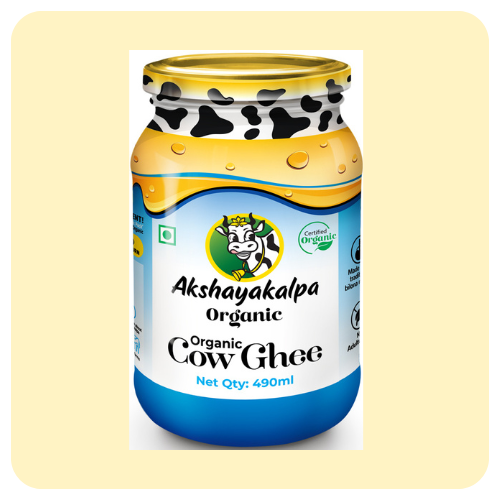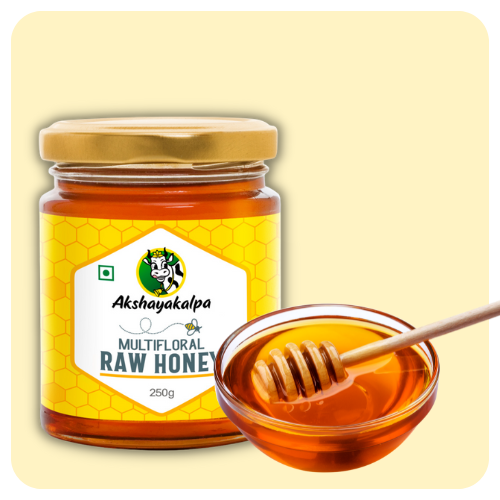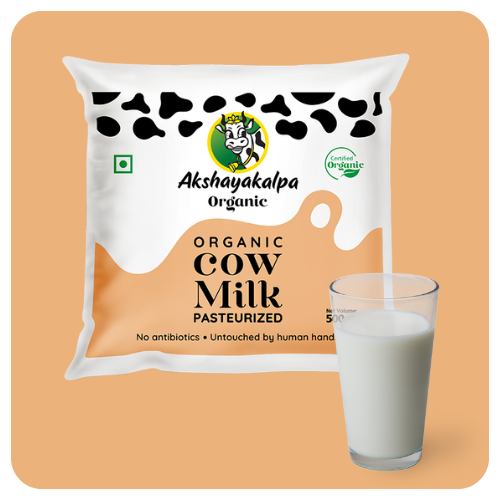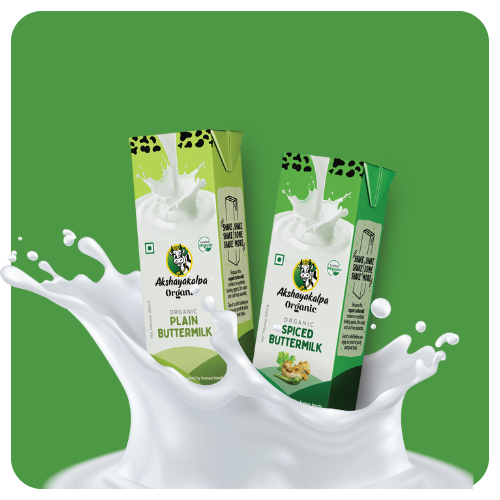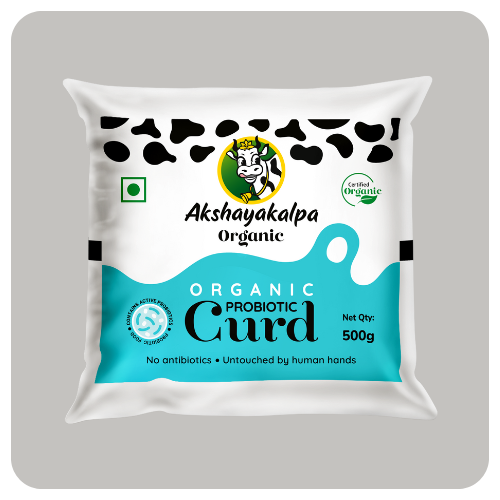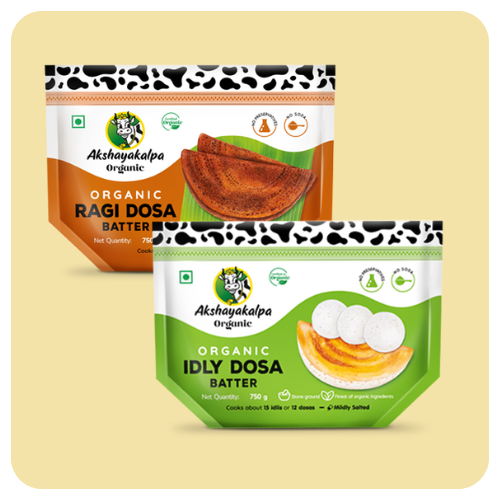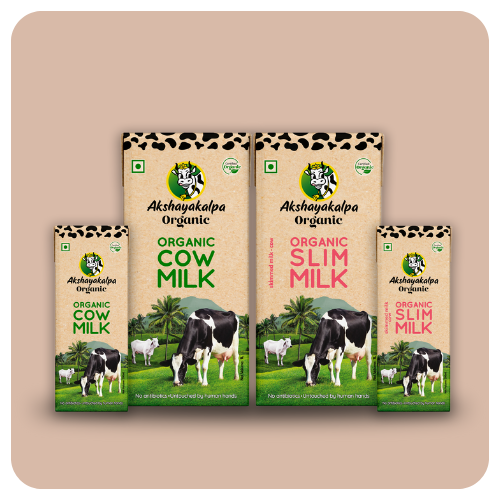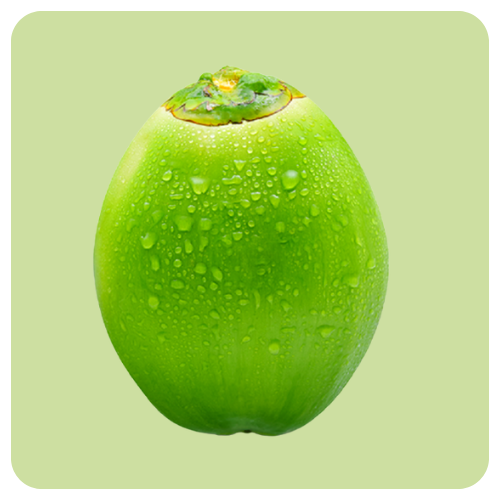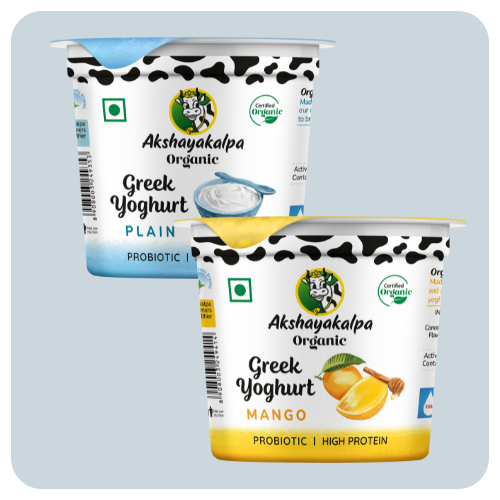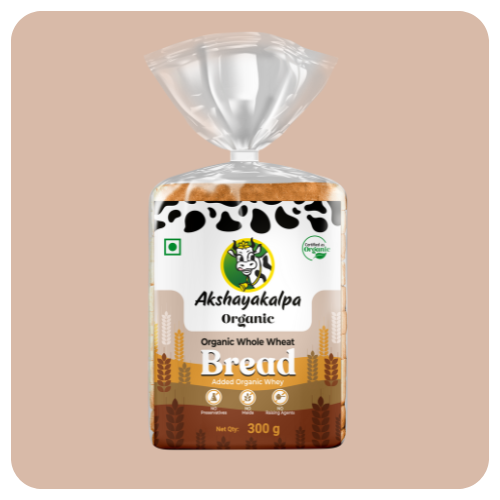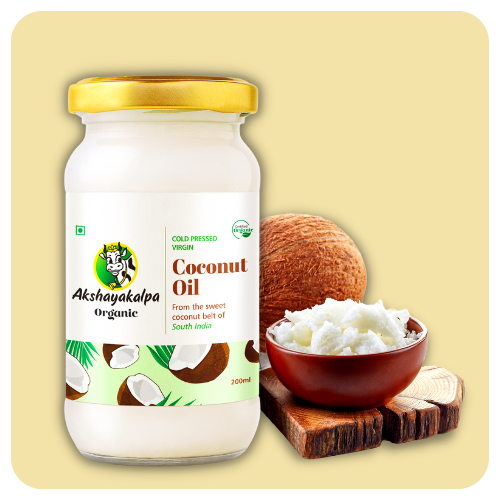Hand milking vs Machine Milk – The better way to milk a cow!
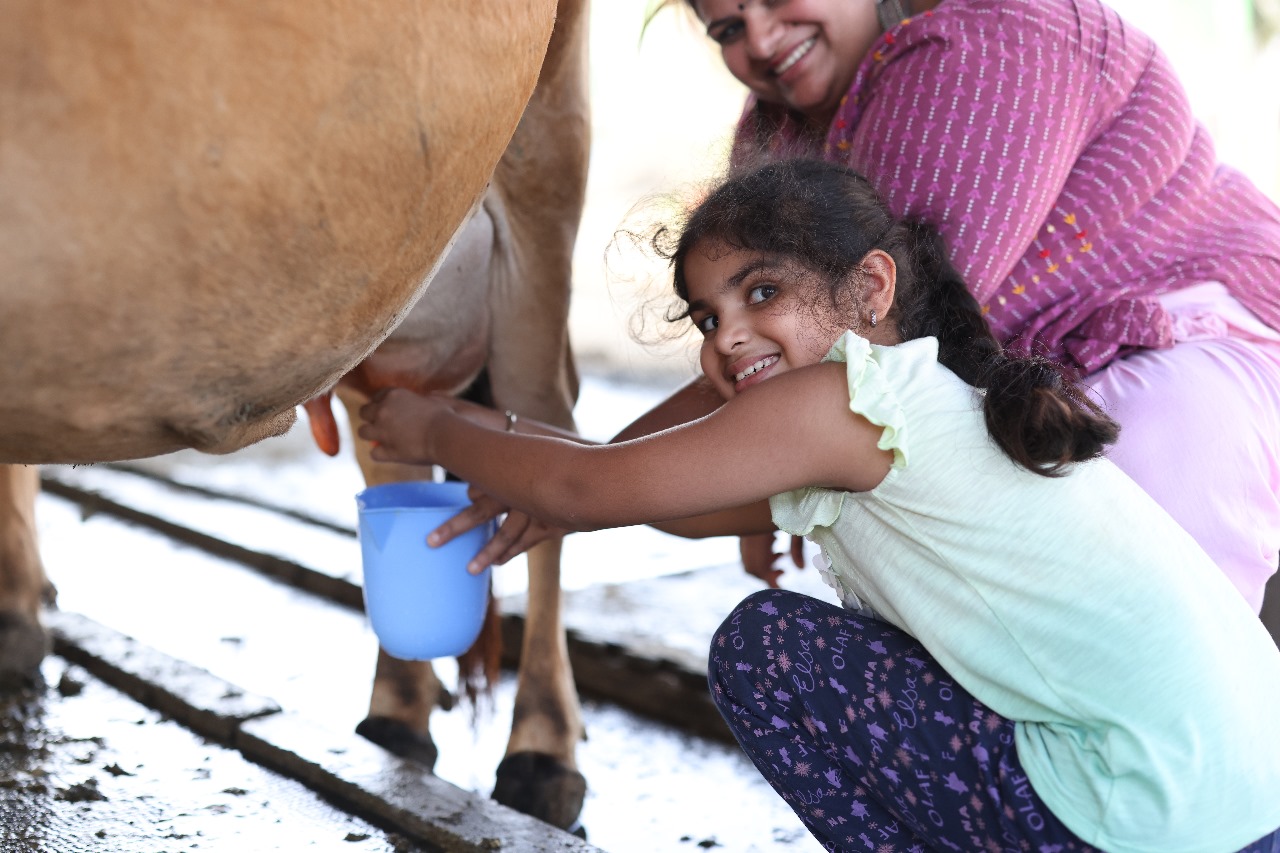
Traditionally and culturally, in India, cows are milked by hand. At dawn, the farmer gives something for the cow to chew on, washes the udder, puts some oil on the teats and begins the milking process, filling a bucket with milk. We’ve all grown up seeing countless advertisements depicting the same to a point we have accepted this method as the only way milk is to be collected.
However, even in the traditional process, there are primarily two ways cows are milked by hand: stripping and full hand. In stripping, the teat is held between the thumb and forefinger and the hand is moved in one smooth motion down the length of the teat while applying some pressure to draw the milk out. In the full hand method, the teat is held with all five fingers and the teat is pressed against the palm. Of the two methods, full hand is better because the milking is completed faster since there is no time lost in resetting the position of the hand and it simulates the suckling action of the calf. Full hand also gives you a greater control on pressure ensuring a more uniform and consistent pressure on the teats and less chances of injury to the cows.
To many, hand milking is the most humane way of collecting milk. After all, a hand gently pulling at the udder sounds so much better than some machine using vacuum to draw the milk – which seems mechanical and potentially painful.
However, the reality couldn’t be more different!
· Machine milking is a far gentler and pain-free way to milk a cow. It mimics the suckling action of a calf and applies similar pressure as well. The pressure applied is uniform for the entire duration of the milking. While hand milking, there are incidents of accidental excessive pressure applied from time to time. It is impossible for farmers to constantly and consistently apply the exact same pressure for the entire duration of milking every day. Fatigue and impatience can negatively impact the milking action when hand milking a cow. Furthermore, many farmers during hand milking tend to bend their thumb against the teat. This is referred to as knuckling and can cause injury to the teat tissues. Machine milking provides a consistent milking experience with human errors mitigated as much as possible.
· Not only is machine milking better for the cow, it is also better for the farmer. Machine milking draws about 1.5 to 2 litres of milk every minute and the entire process takes 5 to 7 minutes per cow. In comparison, hand milking will take on average 20 minutes per cow. The quantity of milk per milking session is also much higher when machine milked. On average, machine milking yields 5 litres of milk while hand milking yields 3.7 litres of milk. According to a study, using an automated milking machine results in up to a 12% increase in milk production and an 18% decrease in labour for the farmers.
· Machine milking is also more hygienic. Since machine milking does not involve any human contact and the drawn milk is collected into a closed container, there are no contaminants falling on the milk. In contrast, hand milking requires an open container. Most often, farmers use a bucket for milking. Only after milking for all cows is completed, the milk is poured into a milk container and closed with a lid. This means the milk is exposed for most likely over an hour. During this time, dust and dirt, leaves, feathers from poultry and other birds in the farm, etc could fall in the milk.
In other words, contrary to popular belief, machine milking is better for the cow, the farmer and the consumer. It is safer, faster, and more hygienic.
Expressed using a gentle milking machine which ensures zero contamination that can be caused during milking by human hands, Akshayakalpa is striving hard to start a revolution of sorts, where
clean and nutritious milk becomes common place, where milk is free from man-made bad and full of nature-made good. The automated milking machines at all Akshayakalpa farms are an integral part of how we protect the milk that is delivered to your table.
References: https://agritech.tnau.ac.in/ta/animal_husbandry/animhus_cattle_milking%20method.html http://www.lrrd.org/lrrd21/5/fili21074.htm
https://www.sciencedirect.com/science/article/pii/S0022030212001920
